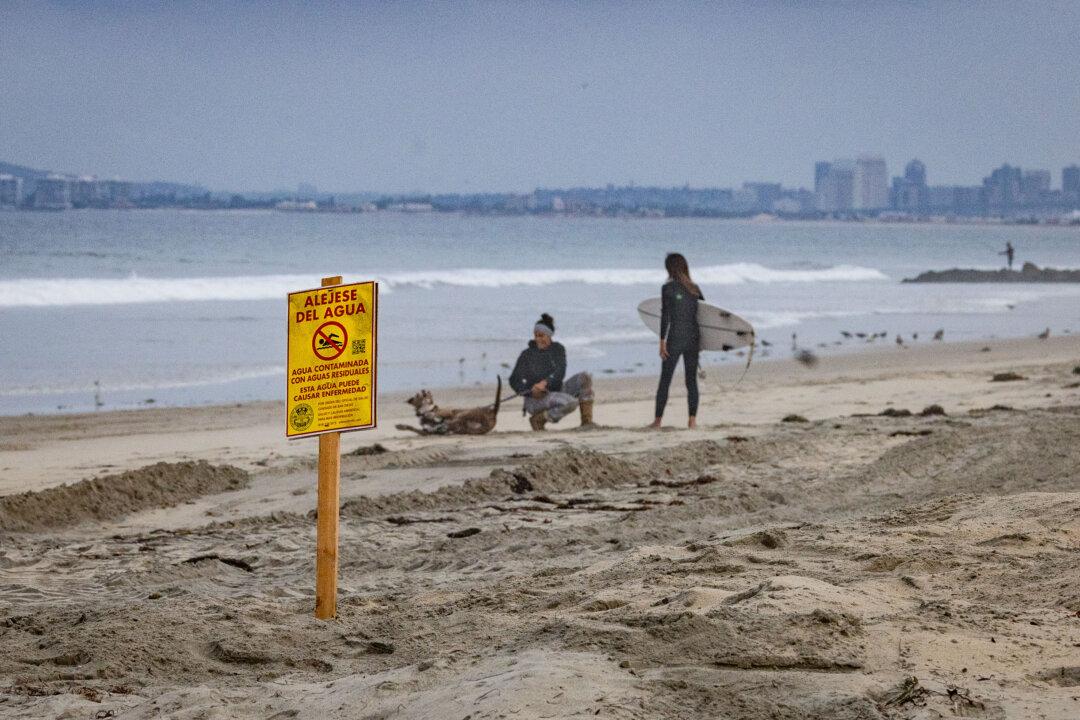LOS ANGELES—While shopping with her family at Costco one day, Becca, 5, made a comment that was a little “out of the ordinary.”
“She said both objects and people became ‘small’ all the sudden,” her mother, Rachel, 34, told The Epoch Times.
According to Rachel, her daughter told her that, indeed, everyone had become tiny, including her father, who was also along for the shopping trip. She said it lasted for about 1 1/2 minutes before Becca’s perception returned to normal.
After more such episodes occurred to Becca daily, Rachel sought the advice of a family friend who works as a physician’s assistant who mentioned the possibility of what’s called “Alice in Wonderland Syndrome.”
The disorder includes episodes of body-image illusions involving distortions of size, mass, or shape often accompanied by depersonalization or derealization, according to medical experts.
Named after Lewis Carroll’s famous novel “Alice’s Adventures in Wonderland” due to the book’s description of bodily distortions, the disorder was discovered by British psychiatrist Dr. John Todd in 1955.
Todd’s early studies showed his patients having similar discrepancies involving altered image and time, along with visual distortions.
Ultimately, a pediatric optometrist diagnosed Becca with the rare disorder, also known as tachysensia.
“The optometrist was not concerned but told us to monitor Becca’s episodes for her next visit,” Rachel said.

Causes
Causes of the disorder include a wide range of ailments including infections and head trauma, according to Dr. Brian Tyson, a doctor based in San Diego County.He confirmed Alice in Wonderland Syndrome is rare and said it’s experienced by both children and adults.
“I would say that [Alice in Wonderland Syndrome] in kids would be triggered more due to infectious causes, whereas adults are probably more linked to migraines,” he told The Epoch Times.
According to the Cleveland Clinic, an Ohio-based nonprofit that incorporates medical research with hospital care, about 9 percent of people with the syndrome experience changes in self-perception, including perceiving the size or feel of their body or body parts. It can also alter their sense of reality and the passage of time.
Around 75 percent of cases involve disturbances in visual processing, or how the brain experiences its surroundings. Other people experience a combination of these symptoms.
Fortunately, most cases of the syndrome are temporary and short-lived, according to the Cleveland Clinic.
Tyson, who said he has seen the syndrome several times while working in the emergency room, said other causes for the disorder can be attributed to drug use including the use of hallucinogenic mushrooms.
Treatment
An encouraging note for those with the disorder is that it’s treatable, according to medical professionals.In testing for the syndrome, doctors will perform neurological or eye exams, MRI brain scans, and blood testing to rule out or diagnose underlying viruses or infections.
Upon identifying the condition, treatments will be based on the root causes and range from dietary changes to prescription medications like antivirals or antiepileptics, according to medical experts.
Optical treatments could also be involved in treatment, according to Tyson.

For young patients like Becca, her mother said her episodes have decreased in recent days and in their duration.
She now exhibits symptoms every other day for roughly 30 seconds.
“My daddy was this big!” Becca said with a smile holding her hands two feet apart. “When I got [an episode], I would get a tingle on my back when it came, but it now does not happen as much anymore. My house does not look as small anymore either.”
Running off to the living room, Becca then sat on the floor with her little brother while holding a stuffed animal.
“She’s slowly growing out of it, we think,” Rachel told The Epoch Times.







